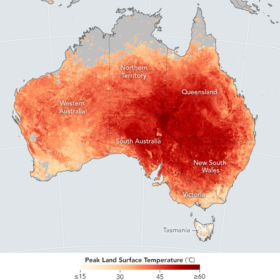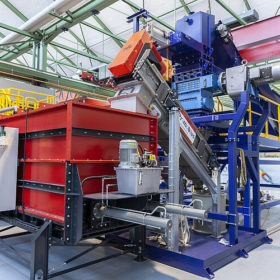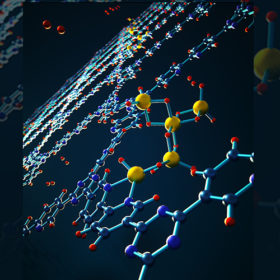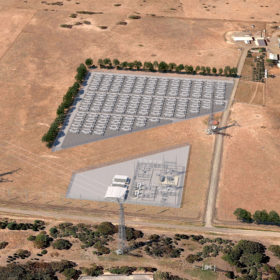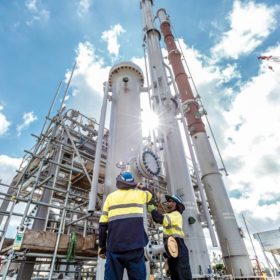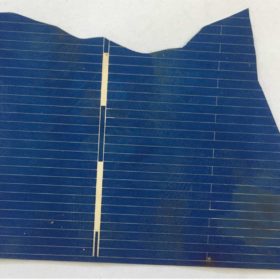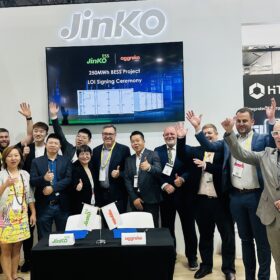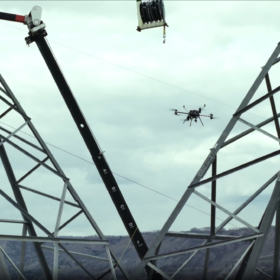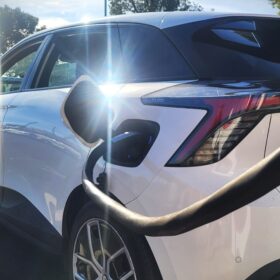Saturday read: Promising alternatives to lithium-ion
Lithium-ion batteries are a fantastic crutch for the renewable energy transition. It’s not all roses, though: Short duration limits, and potentially dangerous thermal runaway in rare circumstances, means the hunt continues for alternative electrochemical batteries. However, alternatives will largely complement lithium-ion batteries, rather than supersede them. Blake Matich looks at promising options to keep an eye on.
PV system design for low-cost hot water production
Developed by Spanish scientists, the proposed system design is said to be able to achieve water temperatures above 70 degrees Celsius and to cover around 85% of the annual sanitary hot water consumption of a household with six people.
UNSW Exclusive: Heated climate scenarios will adversely affect Australia’s PV generation capacity
Yes, Australia is blessed with an incredible solar resource, but it will be diminished and returns localised by global warming.
WA company finds foothold in Germany in transformation to ‘preeminent’ global battery recycler
In the coming weeks, Western Australian mining-cum-materials recovery company Neometals will begin testing at its newly commissioned battery recycling demonstration plant in Hichenbach, Germany, the product of a joint venture with SMS Group. The Primobius facility, as it’s named, has already garnered considerable attention and is a finalist in 2022’s prestigious German Sustainability Award. “We want Primobius to be the preeminent recycler in the world,” the company’s managing director, Chris Reed, told pv magazine Australia.
Storing hydrogen with aluminium hydrides
A U.S. research team has sought to improve the way aluminium hydride is used for hydrogen storage. The material was nanoconfined in a framework that is claimed to be able to overcome the challenge represented by the thermodynamic limitation of hydrides in storing the clean fuel.
Australia’s battery pipeline charges to over 26 GW, says new research
Less than a year ago and energy market analysts Cornwall Insight Australia projected a battery energy storage pipeline of 7 GW. This week the firm has updated its outlook and puts Australia’s current pipeline of proposed projects at over 26 GW. What is more, the technical lifetime of these assets is increasing too.
Integrating solar into LNG facilities could reduce emissions by up to 21%
Integrating solar into Australia’s natural gas industry could reduce onshore gas facilities’ emissions by 19% in Western Australia, 18% in Queensland, and 21% in the Northern Territory, according to research conducted by National Energy Resources Australia (NERA).
Chock-a-block with energy: How an Aussie startup plans to charge the energy transition brick by brick
A team of engineers from Newcastle University have patented a thermal storage material capable of storing large amounts of renewable energy as heat over long periods. These thermal energy storage blocks are now being manufactured by MGA Thermal with ambitions to act as storage for large-scale solar systems and to repurpose coal-fired power stations.
New tech to recover pure silicon from end-of-life solar cells
An Indian research group has used three different chemicals instead of commonly used hydrofluoric acid to separate silicon from the cell. The technique is claimed to be able to deliver recycled silicon with a purity of up to 99.9984%.
Trina pivots to meet the needs of challenging utility-scale solar farm sites
Trackers, training and truly big-wattage panels are among the latest Trina Solar offerings. How are these various developments designed to meet the needs of the Australian utility-PV industry?


